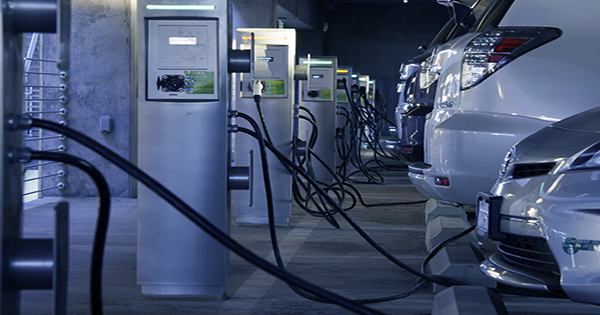Charging infrastructure will become a commonplace detail blending into the landscape as electric vehicles (EVs) become the new standard, available in a variety of places from a variety of providers: privately run charging stations, office parking lots, home garages, and government-provided locations to fill in the gaps as EVs become the new standard. In order to maintain a strong grid to accommodate this national migration to EV charging, we need a new energy blueprint for the United States.
To help with the transition to electric vehicles, the Biden administration announced the installation of 500,000 charging stations across the country as well as extra energy storage. Integrating and transitioning all of this new equipment necessitates balancing grid traffic and handling rising energy demand that extends beyond power lines and storage. The majority of EV infrastructure is powered by the grid, which will result in significant demand as the industry grows. In a perfect world, EV charging stations would have their own renewable energy generation and storage, but new programs and solutions are required to make this possible everywhere.
In recent years, a variety of scenarios for how renewables can be used to power EV charging have been tested in the United States. EVs will very certainly provide power to the grid in the future.
These technological advancements will occur as the energy transition progresses; nonetheless, EV infrastructure will be primarily reliant on the US grid. This necessitates collaboration among a variety of stakeholders as well as a shift in public behavior in order to maintain the system stable while satisfying energy demand.
The White House information sheet on EV charging infrastructure refers to a technical blueprint being developed jointly by the Department of Energy and the Electric Power Research Institute. Here’s why it’s vital to include utilities, energy management and storage players, as well as the general public, in planning.
In the United States, charging infrastructure is currently scattered. Much of it is privatized, and there are complaints that finding charging while on the road is difficult unless you drive a Tesla. Some EV users have even switched back to gasoline-powered vehicles. There is reason to believe that this will alter quickly. As their electric vehicle networks grow, ChargePoint and EVgo will soon become household brands.















